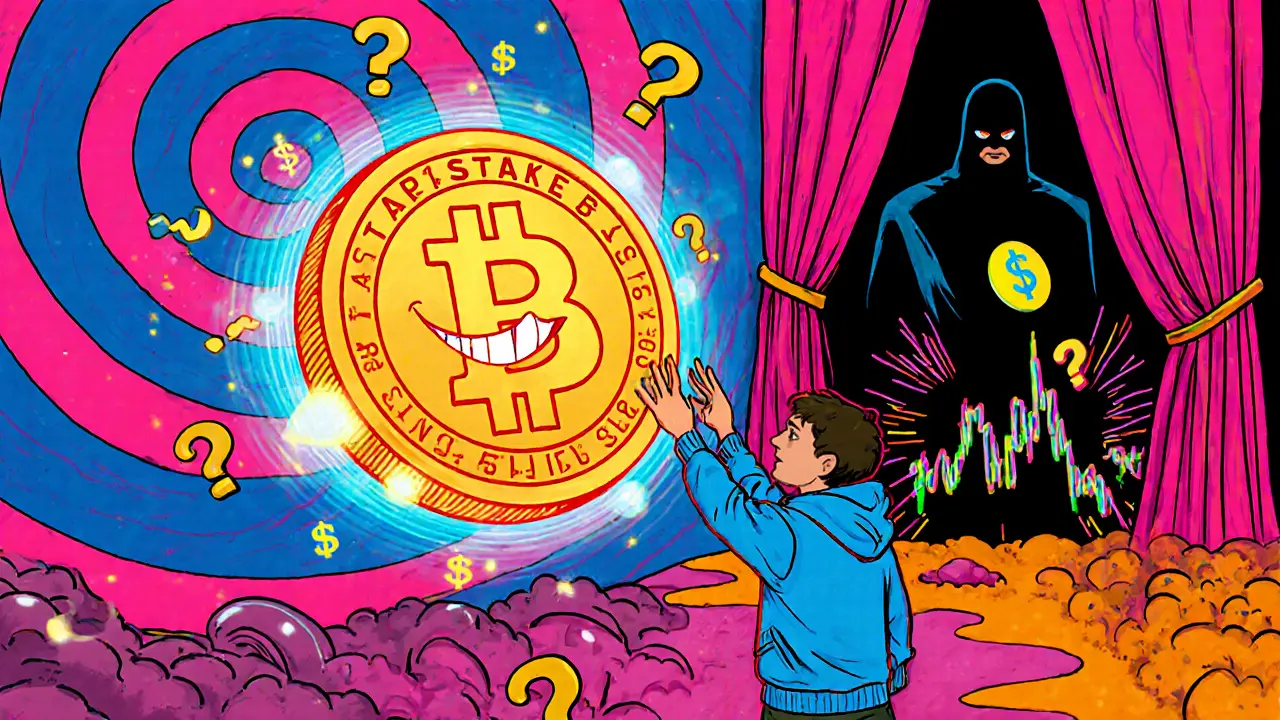STAKE Crypto: How Staking Works, Where to Do It, and What You Need to Know
When you STAKE crypto, lock up your cryptocurrency to support a blockchain network and earn rewards in return. Also known as proof-of-stake participation, it’s how many blockchains like Ethereum, Solana, and Cardano keep running without needing massive energy use like Bitcoin mining. Instead of buying more coins hoping they’ll go up, you let your existing coins work for you—earning interest just by holding them in a wallet that’s connected to the network.
Staking rewards, the crypto you earn for helping secure the network, are paid out regularly—often weekly or daily. These aren’t guesses or promises; they’re coded into the blockchain’s rules. For example, if you stake 100 ADA on Cardano, you’ll get a set percentage back over time, calculated by the network and paid directly to your wallet. This isn’t trading. You’re not timing the market. You’re simply keeping your coins active and getting paid for it. That’s why so many people now treat staking like a savings account, but with crypto. And unlike bank interest, you can often choose which projects to support, giving you control over where your money helps build the future of web3.
But not all staking is the same. Some platforms let you stake directly through your wallet—like Phantom for Solana or Keplr for Cosmos. Others require you to use an exchange like Binance or Kraken, where you give up control of your keys but get simpler, one-click access. Then there’s DeFi staking, locking tokens in smart contracts on decentralized platforms like Lido or Rocket Pool. These often offer higher returns but come with more risk: smart contract bugs, slashing penalties, or liquidity traps can eat into your gains. You need to know the difference before you commit.
And it’s not just about earning. Staking also affects the whole ecosystem. When more people stake, the network gets more secure. Fewer coins are circulating for sale, which can reduce price pressure. That’s why some coins boost their staking rewards when adoption is low—to encourage more participation. It’s a feedback loop: more staking leads to stronger networks, which attracts more users, which leads to higher rewards.
What you’ll find below isn’t a list of the top 10 staking coins. It’s a real-world collection of guides, reviews, and warnings from people who’ve tried it. You’ll see how to stake safely on StackSwap, what happens when a project like Retik Finance has unstable tokenomics, and why some airdrops—like Brokoli Network’s BRKL—are tied to staking activity. You’ll learn how to cut gas fees when claiming rewards, why some exchanges block U.S. users from staking, and how to avoid scams pretending to be staking portals.
Whether you’re new to crypto or you’ve been holding for years, staking is one of the few ways to make your crypto work without selling. But only if you know where to look—and what to avoid.
What is STAKE (STAKE) crypto coin? The truth about a coin that doesn't exist
There is no legitimate cryptocurrency called STAKE. The term refers to the process of locking crypto to earn rewards, not a token. Avoid scams pretending to sell STAKE and stake real coins like Ethereum or Cardano instead.
